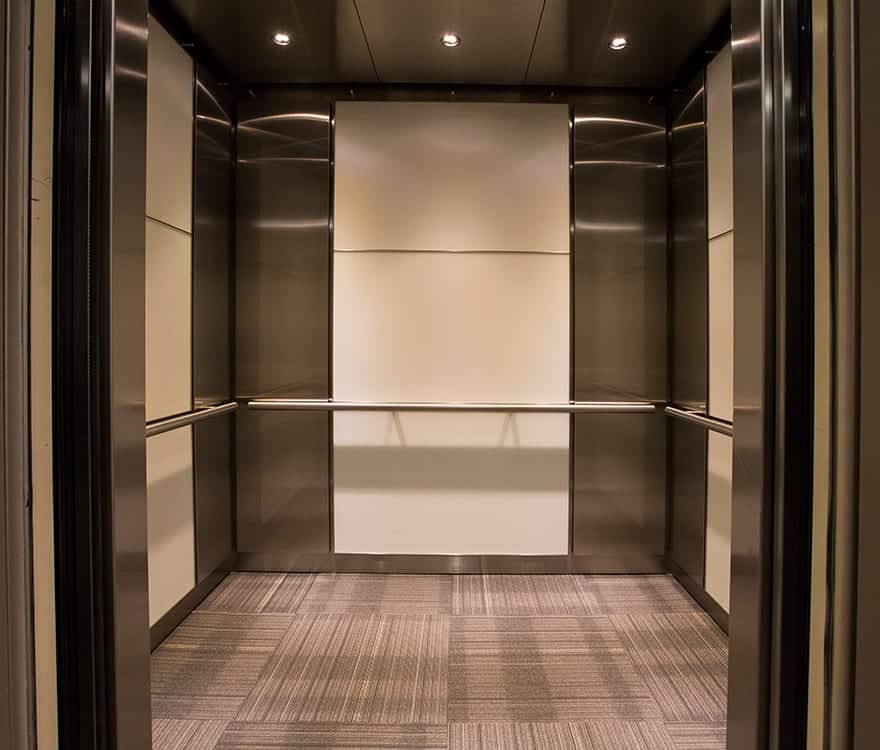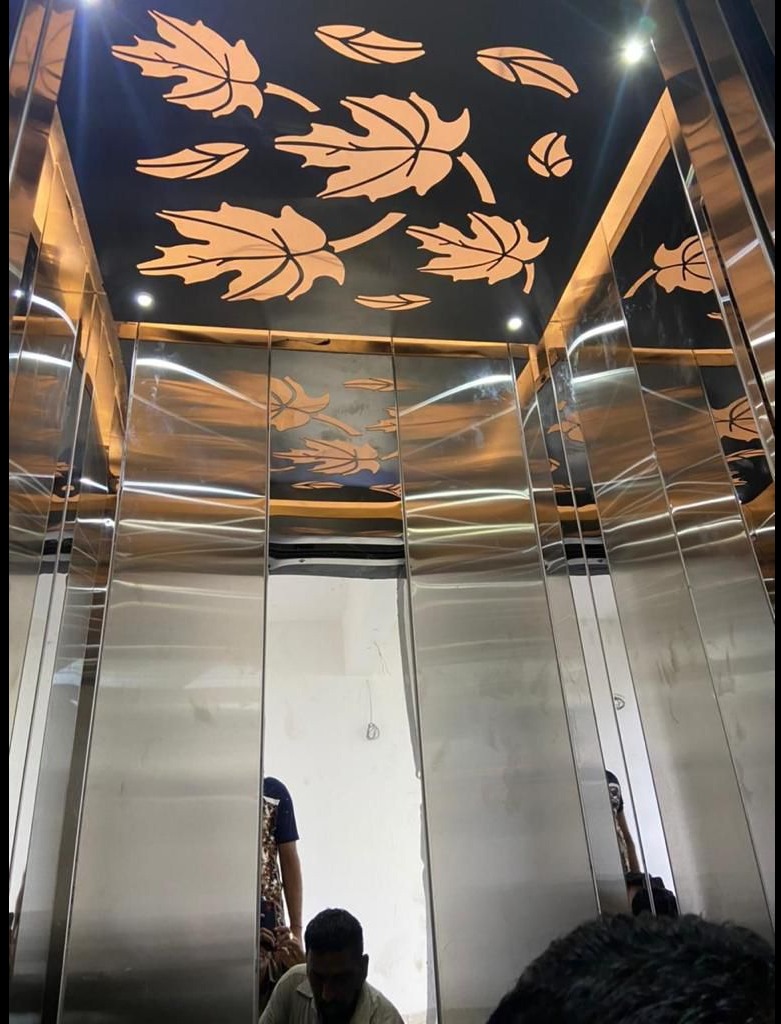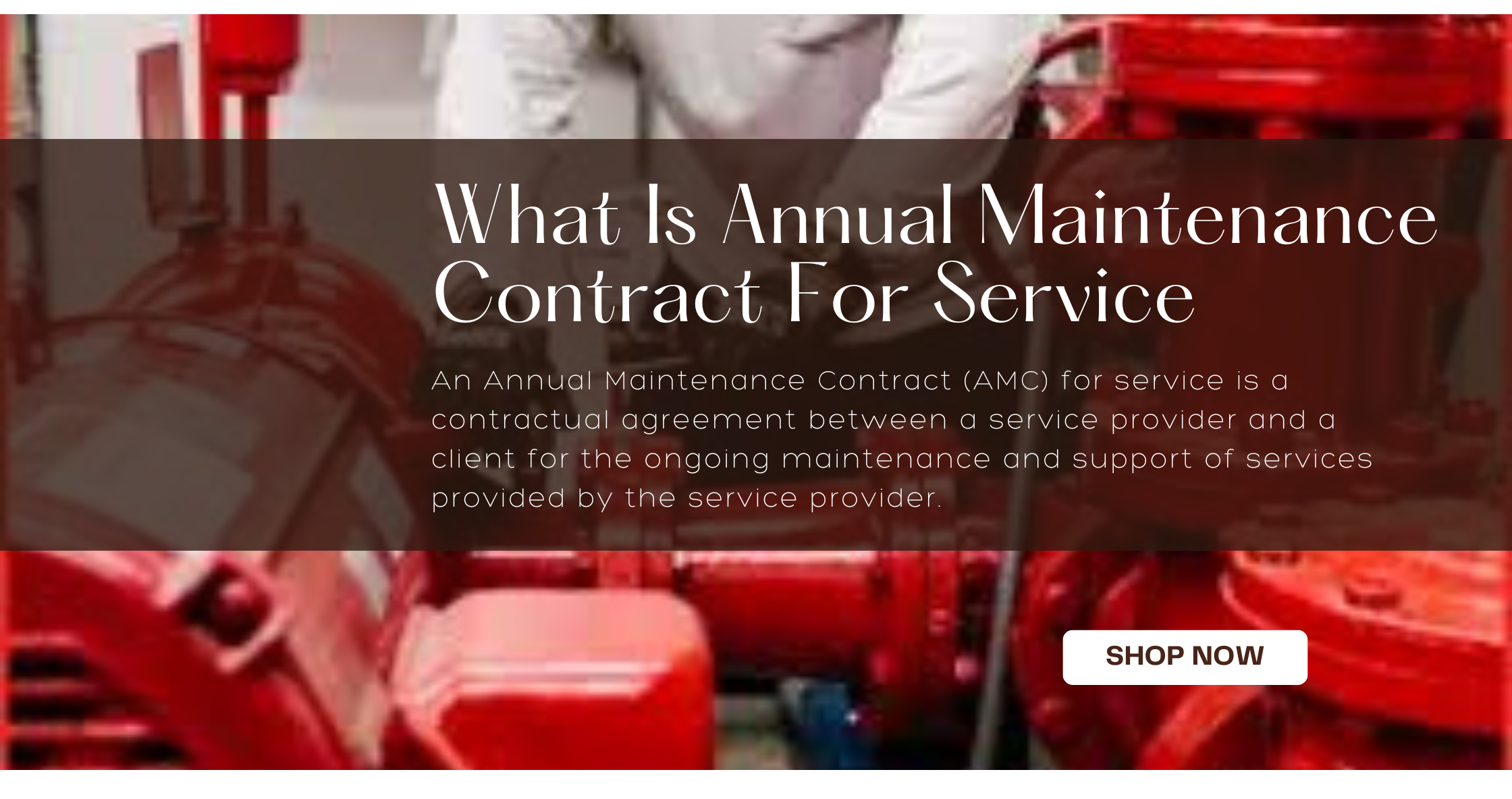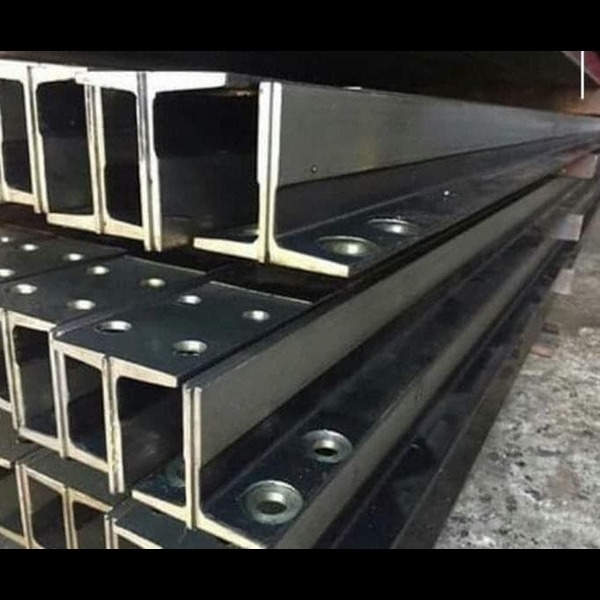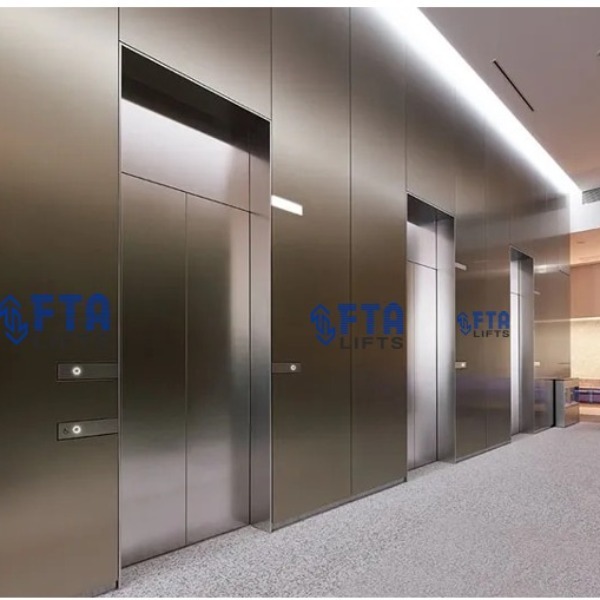
Choosing the right lift involves understanding your specific needs, space availability, and budget. Start by identifying the purpose: is it for residential, commercial, or industrial use? Homeowners might opt for compact, stylish home lifts or stair lifts, while commercial spaces often require passenger or freight elevators with higher capacity and durability.
Next, consider the available space and structural constraints. Hydraulic lifts require more space and a machine room, while traction or machine-room-less (MRL) lifts are more compact and efficient. For homes with limited space, vertical platform lifts or compact shaftless lifts can be ideal.
Capacity and speed are also key factors. A typical home lift supports 2–4 people, while commercial lifts should accommodate larger groups and operate faster. Safety features like emergency alarms, interlocks, backup power, and maintenance support must not be overlooked.
Energy efficiency, aesthetics, and noise level also matter, especially in homes or high-end buildings. Always choose a reputable manufacturer or service provider with good after-sales support.
Finally, factor in long-term maintenance costs. A slightly higher upfront investment in a quality lift can save money and trouble in the long run. Consulting with lift professionals ensures you get a solution tailored to your building and lifestyle needs.
